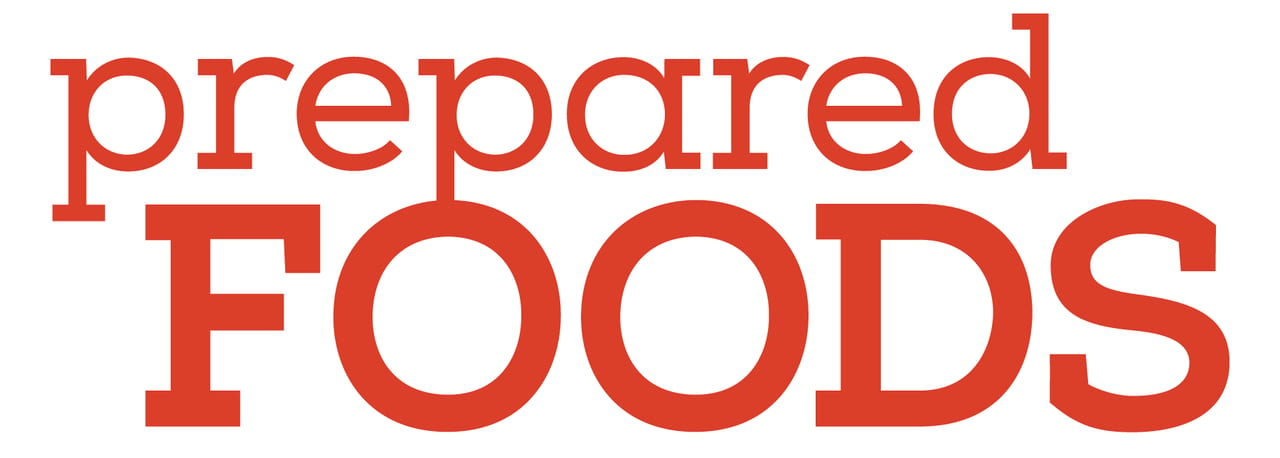JUNE 2023

Formulating Natural Products
Technologies
The New Natural
Consumers are looking for trust and reliability in the label “natural.”
As consumers become better educated about the ingredients in the foods they buy, they’re looking natural, clean-label—and recognizable—ingredients on labels. Video courtesy of Getty Images / Di_Media
As the natural food industry continues to grow, product developers need to anticipate—and effectively react to—changes in consumer needs and expectations, as well as any imminent restrictions or mandates on using the term. Staying ahead of these shifts will allow developers to create products consumers crave while delivering on the expectations associated with products marketed as “natural.”
What exactly does “natural” mean? While it would be great to have a clearly delineated messagefor the term, so far the regulatory agencies have yet to fully define it. While no formal definition exists, in direct response to consumers’ request for a precise definition of what constitutes the term “natural,” the FDA delivered a response in 2016. The agency considers the term “natural” to mean that nothing artificial or synthetic (including all color additives, regardless of source) has been included in or added to a food that would not normally be expected to be in that food.
By Allison Rittman, Contributing Editor

The biggest questions that remain unanswered by the FDA relate to growing, processing, and production parameters, such as use of pesticides or specific food processing methods. These gray areas are left up to the manufacturers and end users to interpret and set individual standards for.
The USDA has attempted to add some clarity to the term in regard to the products it governs, i.e. meat, poultry, and eggs. The USDA stated that “natural” means that the product "does not contain any artificial flavor or flavoring, coloring ingredient, or chemical preservative…or any other artificial or synthetic ingredient," and that the product and its ingredients are not more than minimally processed. The agency also further clarified that "minimally processed" means "the product was processed in a manner that does not fundamentally alter the product."
Boutique product makers are bringing more whole-meal offerings to supermarkets, filling the gaps for consumers craving a more comprehensive variety of natural foods. Photo courtesy of: Katies Foods, LLC
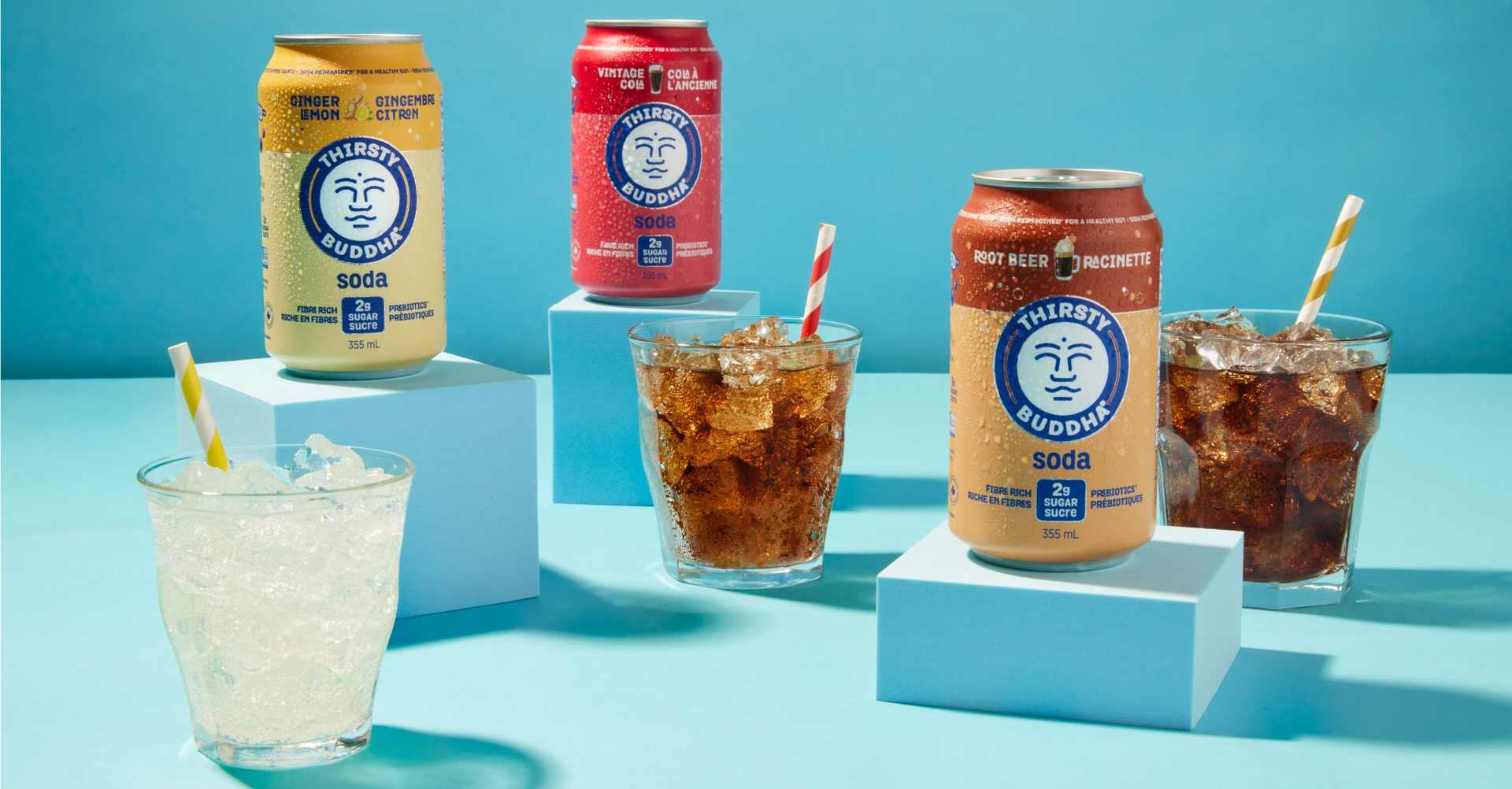
Beverages in the natural space often have few ingredients, but challenging options for replacing ingredients typically needed for safety and shelf life. Photo courtesy of: Temple Lifestyle, Inc./Buddha Brands
Despite those pronouncements by the FDA and USDA, many aspects remain unclear and open to interpretation. This makes it a challenge for both consumers and manufacturers to truly understand what is considered “natural.”
On the market
The natural market is estimated at $69.2 billion, with +6% 2-year CAGR, according to research by Future Market Insights. By comparison, in spite of the looser definition and lesser restrictions, this is only around half the size of the organic market, which is expected to reach more than $176.5 billion this year, on an estimated CAGR of 12.1%. For perspective, data from SPINS places the overall food market at $996.4 billion on a CAGR of 3.4%.
One of the biggest drivers of natural foods is an increase in consumer preference for obtaining functional or health and wellness benefits from foods and beverages instead of pills and potions. Consumers are more educated about ingredients than ever before and thus are becoming avid label readers. Moreover, the desire for food and beverage products that can deliver on health and wellness is not tied to a single generation or age group. The appetite for natural foods and the health connotations associated with them spans all generations.
Natural desires
The consumer desire for more healthful and beneficial foods and beverages cuts across all generations, but younger generations are becoming especially aware of the foods they eat. They are searching for functional benefits, cleaner labels, healthier options, and products that benefit the earth as well as the body. Older consumers are turning to foods as medicine, wanting to include in their diets natural products that can help boost immunity, sharpen mental focus, improve energy, and even help mitigate the negative effects of aging.
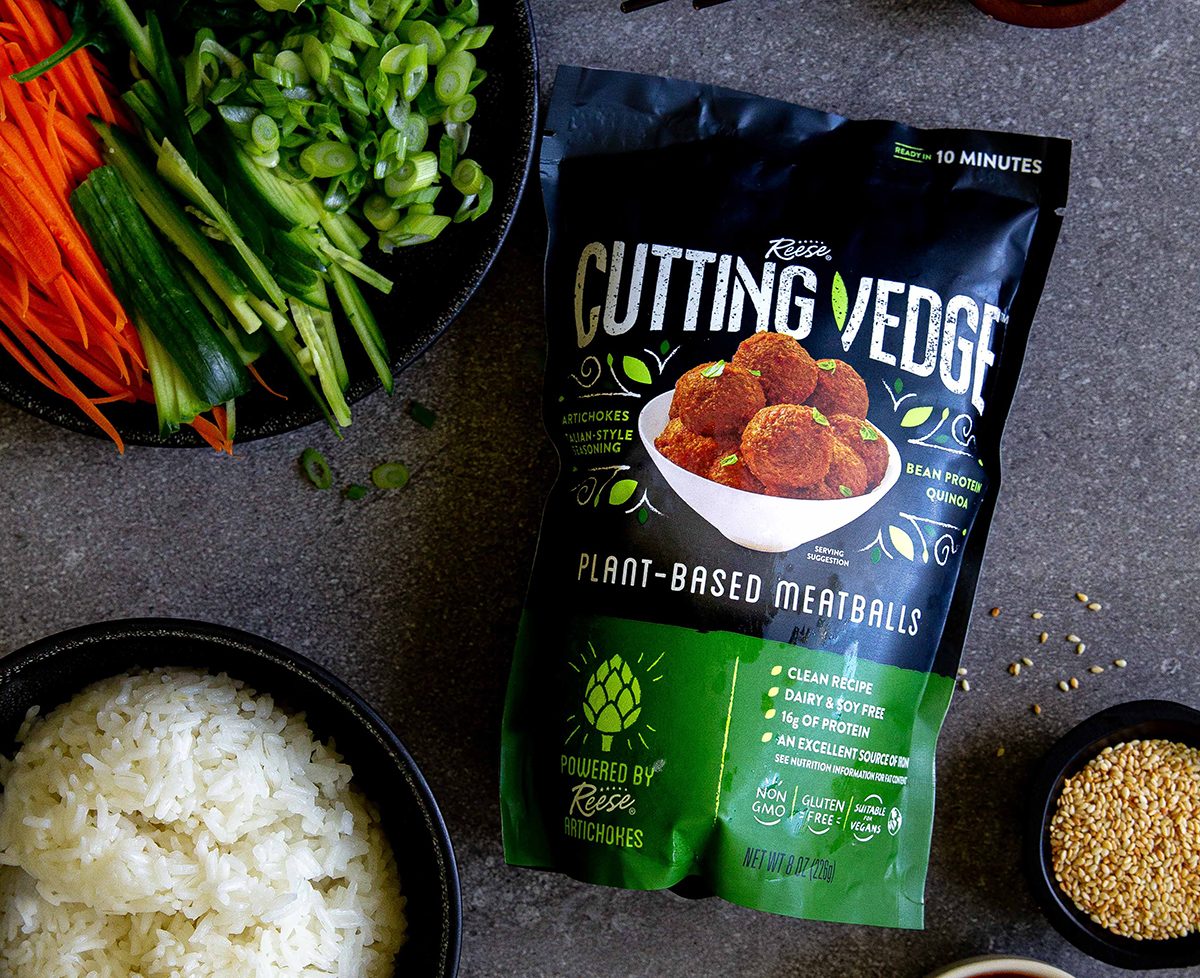
Building natural
The best guidance for developing natural products is to understand the standards that buyers and end-users already have set and defined. For example, Whole Foods, Trader Joe’s, Chipotle, and Panera Bread all have very clear lists of what they consider “unacceptable” ingredients not permitted in any products they make or sell.
Consumers also are guiding what “natural” means. Right or wrong, their perception of what is natural, clean label, or healthy can be varying and inconsistent. For example, consumers have tied the notion of “healthy” to the natural designation, which can be an advantage when developing food products in this category. However, for products to succeed, they must deliver something tangible to fulfill what is promised or implied by the labeling.
Clean labels and whole plant-derived ingredients often go hand-in-hand with sustainability and other “social ingredient” inclusion. Photo courtesy of: World Finer Foods, Inc.
Natural colors and flavors are among the most common and the best defined ingredients when building a product with a “natural” designation. But they also can be the most challenging in formulation. Natural flavors and colors must be stable for the product pH, and processing methods, and they need to have a shelf life close to that of conventional products that contain artificial colors and flavors. Natural flavors and colors, and even texturants are more susceptible to change over the shelf life of a product.
Sometimes, the use of such ingredients can call for alternative processing methods or may necessitate including additional ingredients, such as flavor boosters or maskers. In some cases, turning to different packaging formats can help alleviate the issues related to ingredient or production alterations.
Courting clarity
Because the term “natural” still is not clearly and distinctly defined by the federal regulating agencies, manufacturers and retailers have to define it (at least in part) for themselves. Such self-made guidelines are being challenged by consumers, and there has been a rise in lawsuits against label claims that declare products “all natural” and “100% natural” specifically. In September, 2022, after years of litigation, a New York judge ruled in favor of Kind, LLC that prosecutors failed to show that a uniform, generally accepted term for the word “natural” that defines consumers’ expectations exists. The ruling stressed that the plaintiffs’ own evidence showed that consumers hold differing views on what the term “all natural” means. This was great news for manufacturers, but watch for future lawsuits to further push what is defined as “natural.” Legislation over perceived misuse of the term, coupled with consumer demand for more defined regulations will likely drive regulatory agencies to finally take a stance. “Organic” evolved in this way and developed credibility with consumers by the strong guardrails and programs—and organic certification—set out by the USDA. It could be one lawsuit away or years away, but it’s reasonable to expect that “natural” as a labeling term will be legally defined into something that has clear meaning both to consumers and the industry.
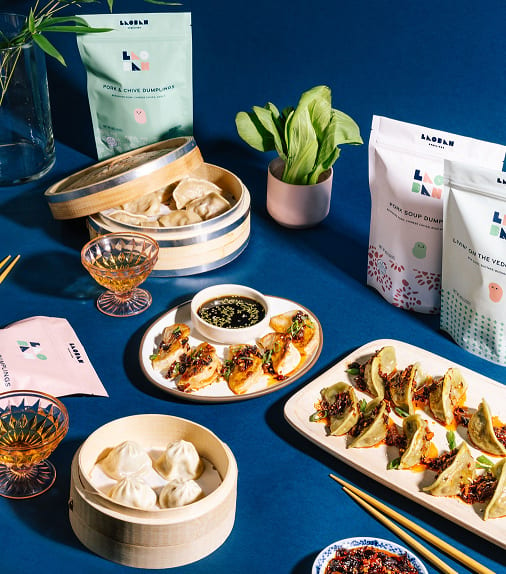
Fortunately, in recent years ingredient technologists have made impressive strides that reduce many of the differences between these ingredients and their conventional counterparts. Partnering with such ingredient specialists can be a great advantage for product developers and manufacturers.
Natural competitors
More organic products are hitting store shelves than ever before, and it is important to consider shifting consumer sentiment towards organic products.
So far, many consumers have demonstrated a willingness to pay the higher price point associated with organic products. Plus, as supplies of organic ingredients increase, prices decrease. Yet natural products have fewer restrictions and regulations associated with the term natural, versus the strict regulation of organic product labeling. So how is it that, as strong as the natural market is, the organic market is much larger and is growing faster?
As chefs consider whether to formulate products as “natural,” it is essential to understand what ingredients and processing methods are allowable from bench to shelf. Photo courtesy of: Laoban Dumplings, LLC
While some consumers value the difference between conventional, natural, and organic products, many consumers see the lines as blurred and do not differentiate between "natural" and "organic" designations. Add “clean label” and non-GMO identifiers into the mix, and those lines can get blurrier. Yet they do seem to be aware of the strict regulations around organic certification.
Consumers actively seeking both natural and organic products tend to be less sensitive to price than consumers of traditional products. Product attributes that are most important to these consumers include flavor, quality, nutrition/health claims, and sustainability.
While this could get strained in the face of an economic downturn and dramatic increases in food prices, consumers still consider the equation balanced in terms of flavor and added value of natural and organic products. That calculation may favor natural products a bit more, as they often have a slightly lower price point than their organic counterparts.
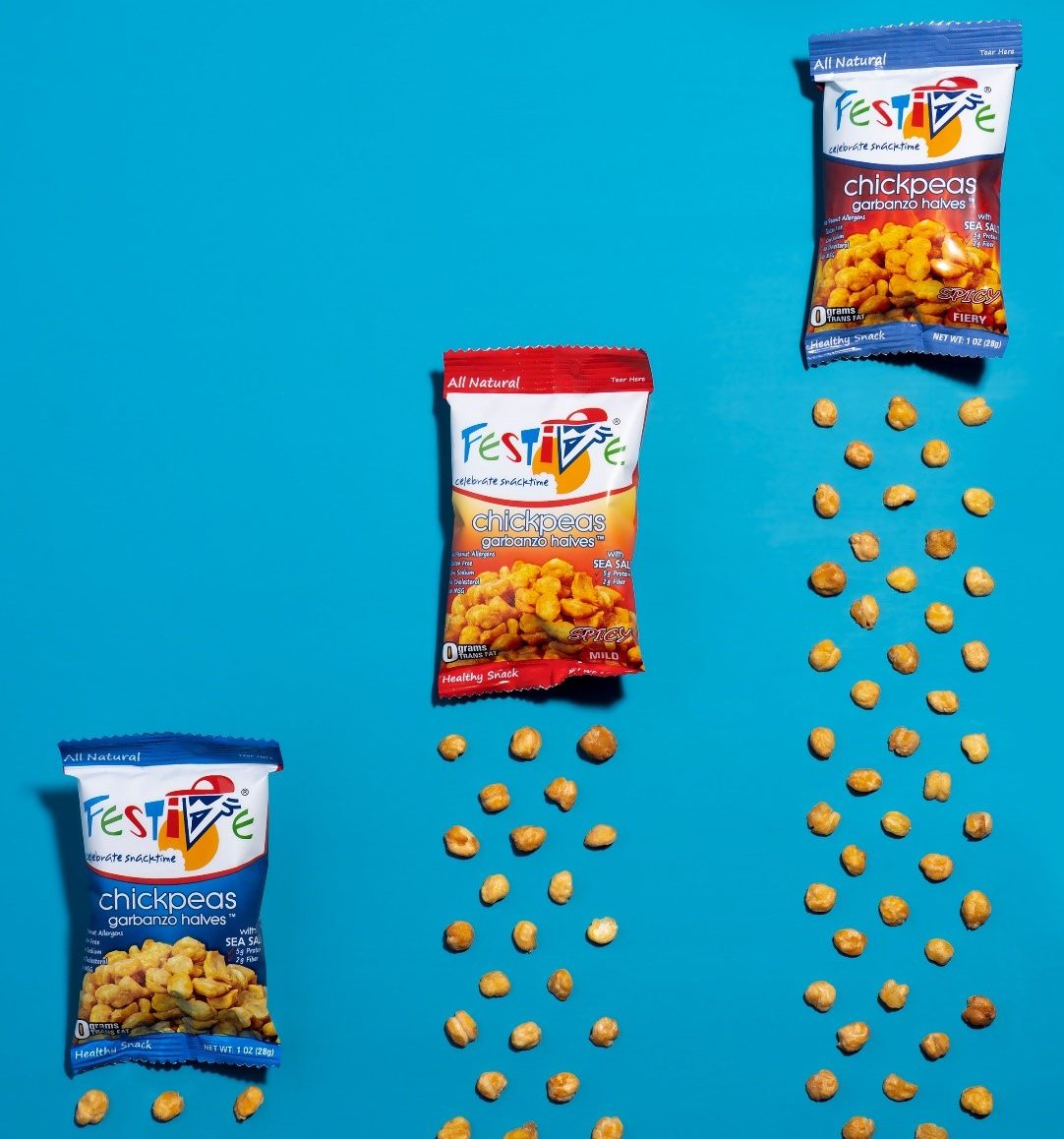
If government agencies are not leading the way in defining the term “natural,” litigation could well form the cornerstones of what is and what is not allowed. Ascorbic acid, DL-malic acid, citric acid, and even per- and polyfluoroalkyl substances (PFAS) levels have been involved in lawsuits that are helping to further define what is allowable under the label “natural.”
A good example is the lawsuit against AriZona Beverages involving coloring, with the litigants targeting certain products that contain additional coloring from beta-carotene, fruit and vegetable juices, and annatto—all three readily derived from nature and not only not harmful but even beneficial to health.
Sweeteners also have come under fire, with stevia, monk fruit, and more recently, erythritol landing in the headlines. Many sweeteners have been marketed as “natural,” as they can be found in nature, but the processing methods used in their manufacture can “cancel out” that aspect. (Note that synthetic is different from artificial. Artificial is defined as “not found in nature,” an important distinction.)
Two-thirds of 2022 brand launches were wellness based, a huge number to consider as for consumers, the term “natural” is tied closely to health. Photo courtesy of: Festive Food Brands, LLC.
From the FDA’s perspective, depending on how it is derived, a natural sweetener may be “manufactured artificially.” This is one of those aspects of “natural” that leaves much room for interpretation. Consideration of the source and processing of the ingredient can impact how these ingredients are defined. These examples just reinforce the position that the term “natural” must be considered carefully before adding it to a label.
Even with the vagueness surrounding the term “natural,” the channel is continuing to grow and evolve. Moreover, there remains great opportunity for new product growth, with the caveat that new products must speak to consumers’ desire for—and more acute knowledge of—the ingredients in them. But developers can certainly create products that deliver on flavor and quality, while still fitting the yet-to-be fixed definitions of what is considered “natural.” PF
Allison Rittman holds a BS degree in biological sciences from the University of Iowa and an AOS degree from the Culinary Institute of America and has more than 25 years of experience as a research chef for foodservice and ingredient companies. Rittman is the owner and corporate research chef for Culinary Culture, a product development consulting company in Austin, Texas. She may be reached at arittman@culinary-culture.com.
JUNE 2023


